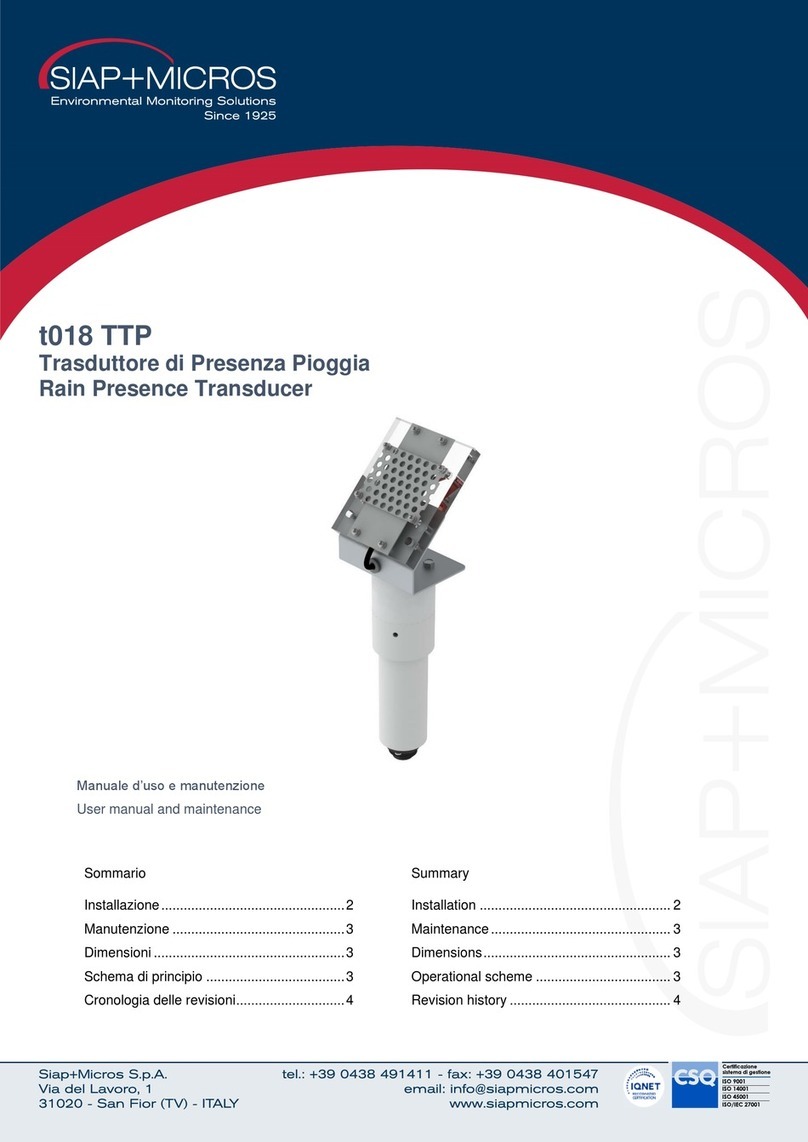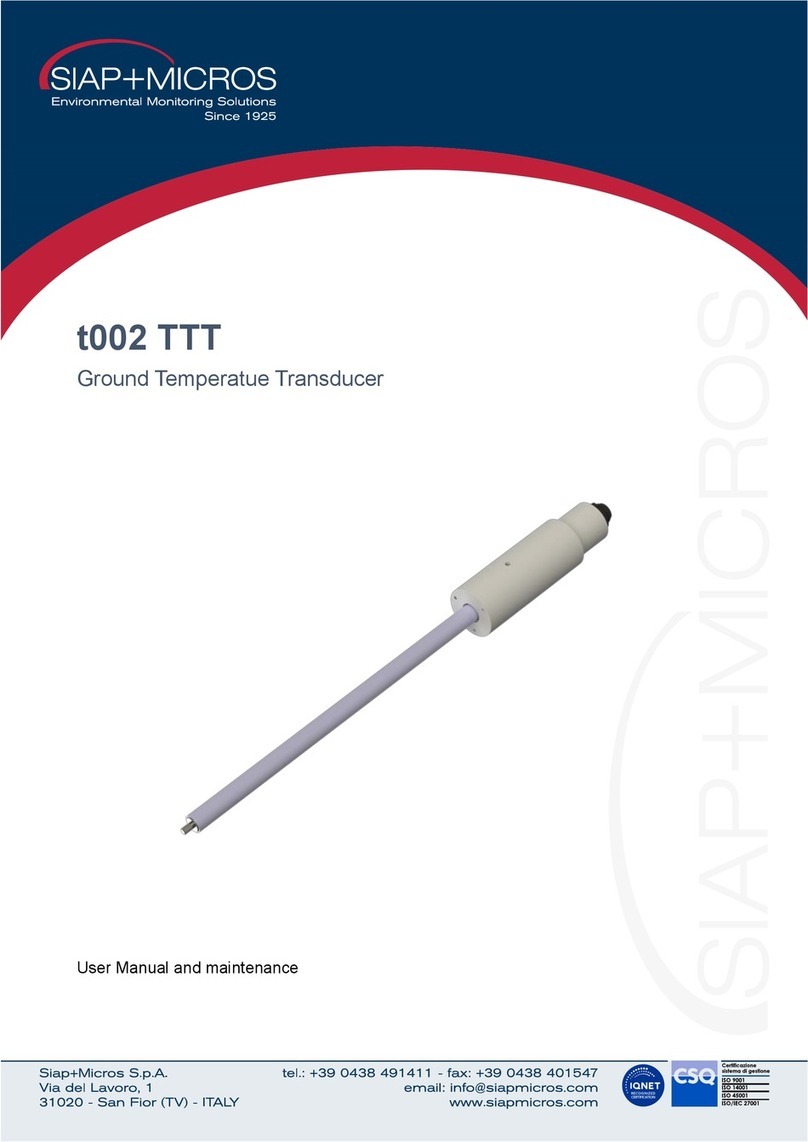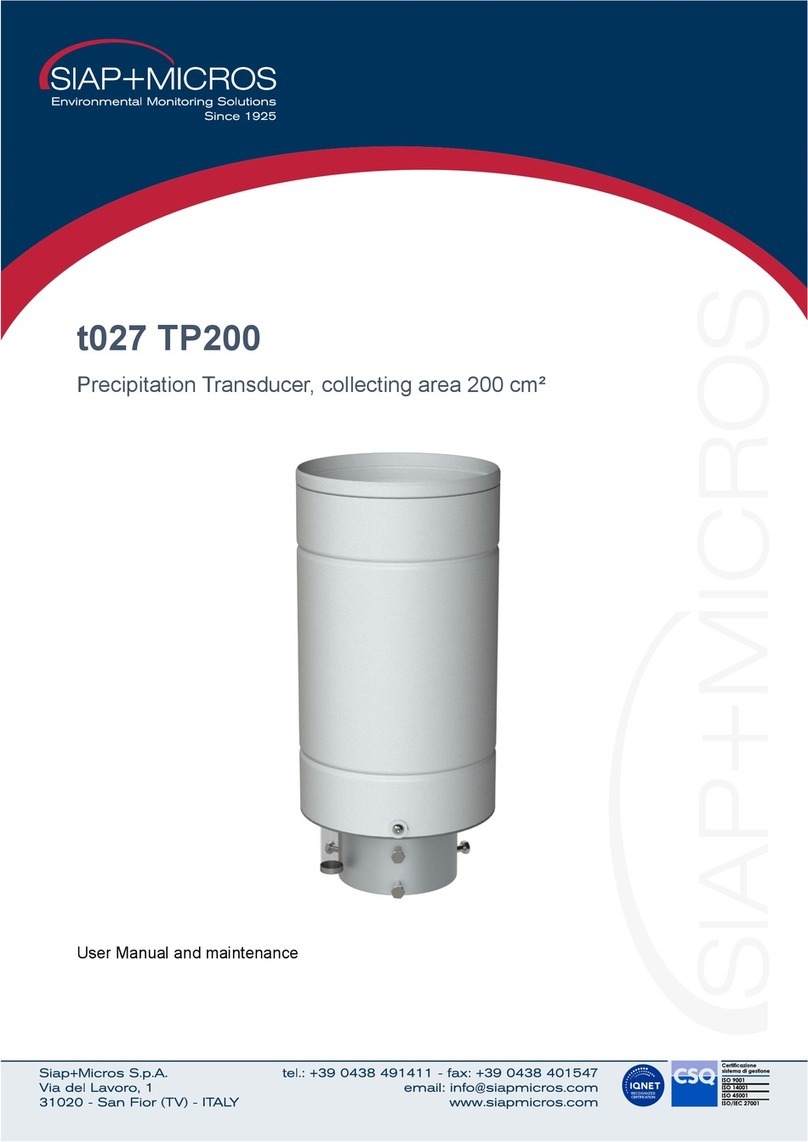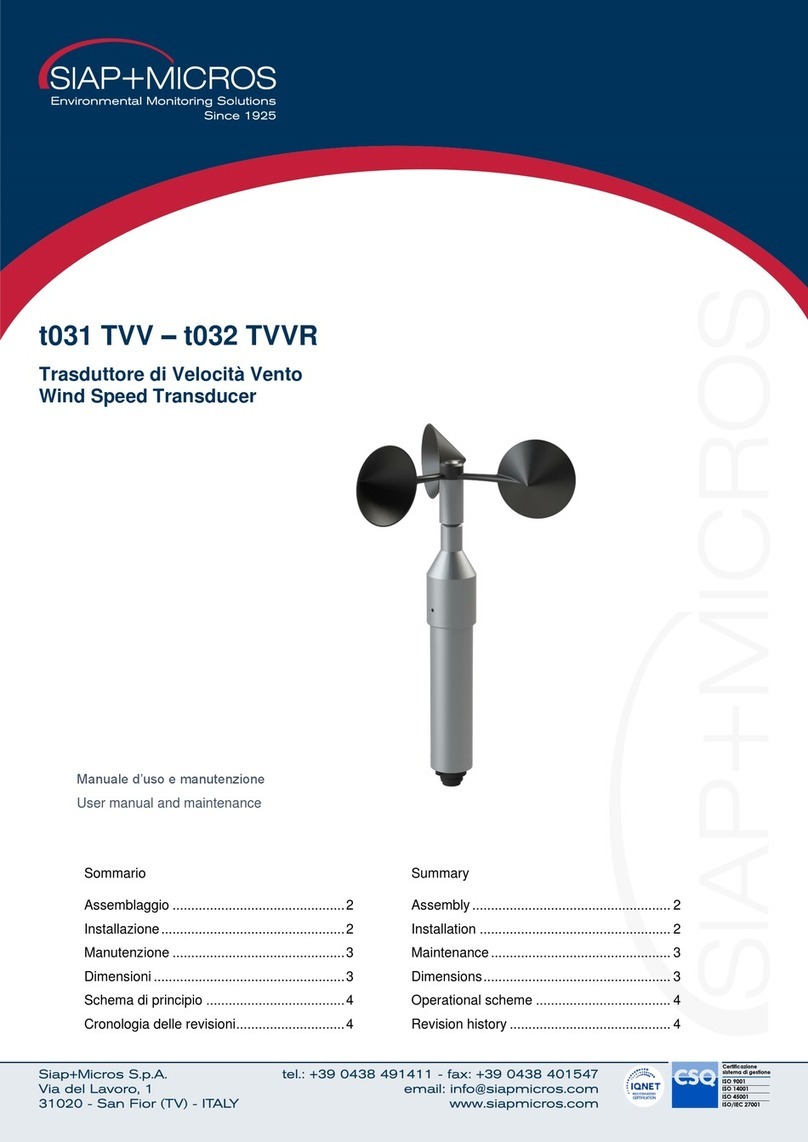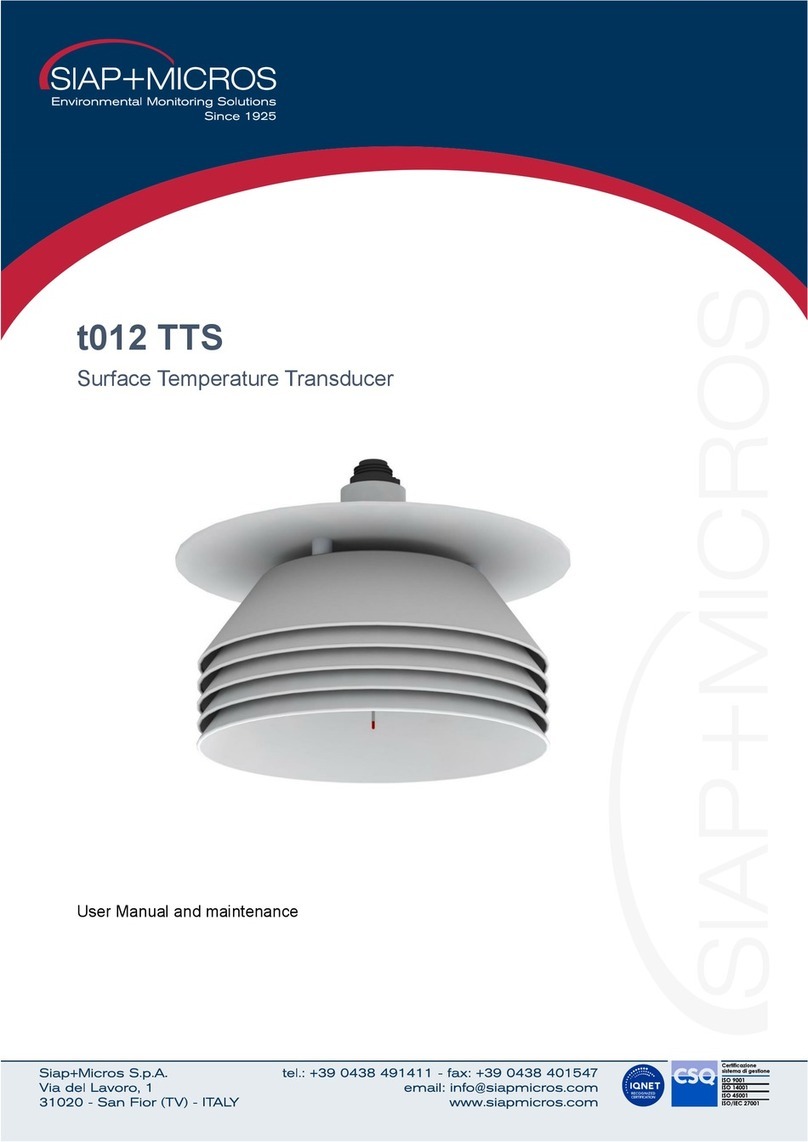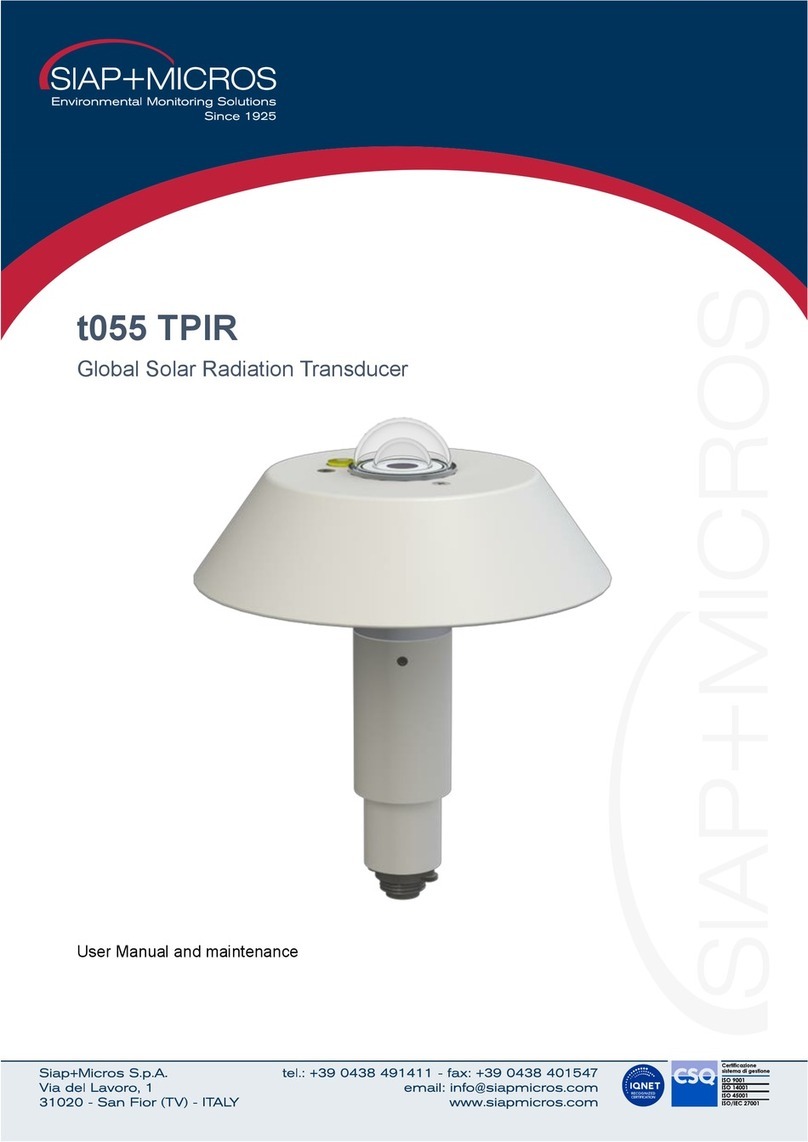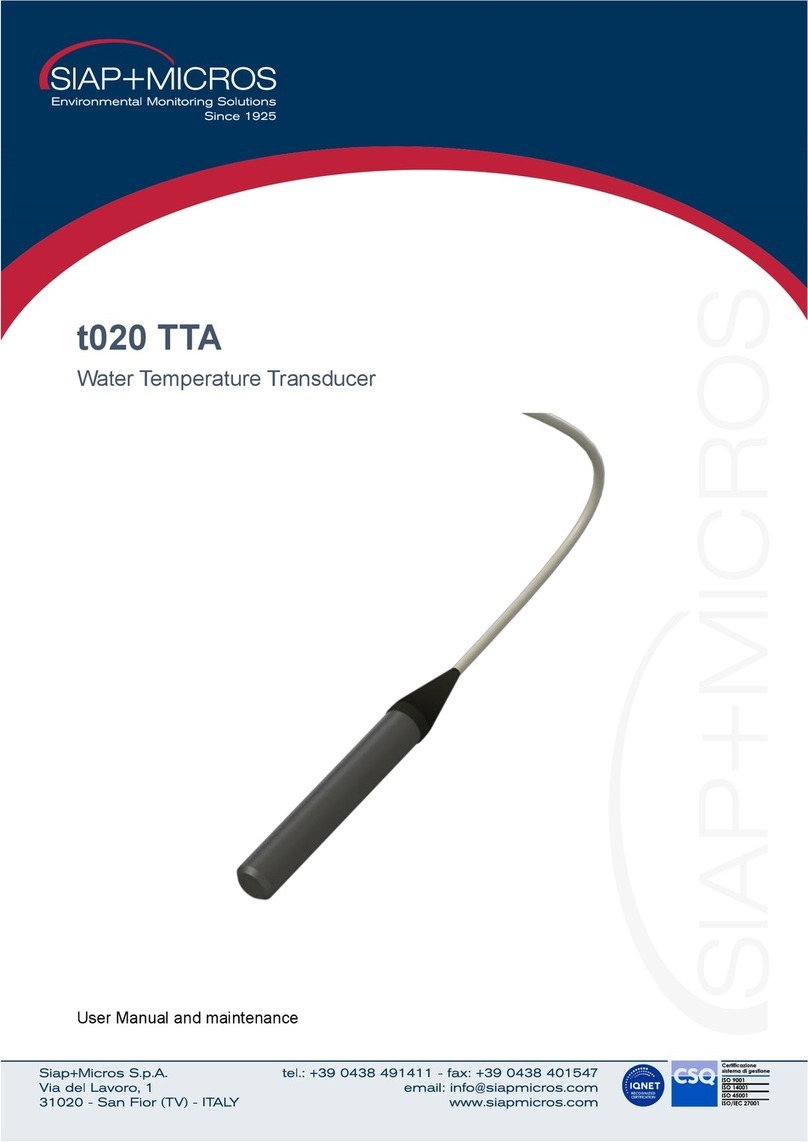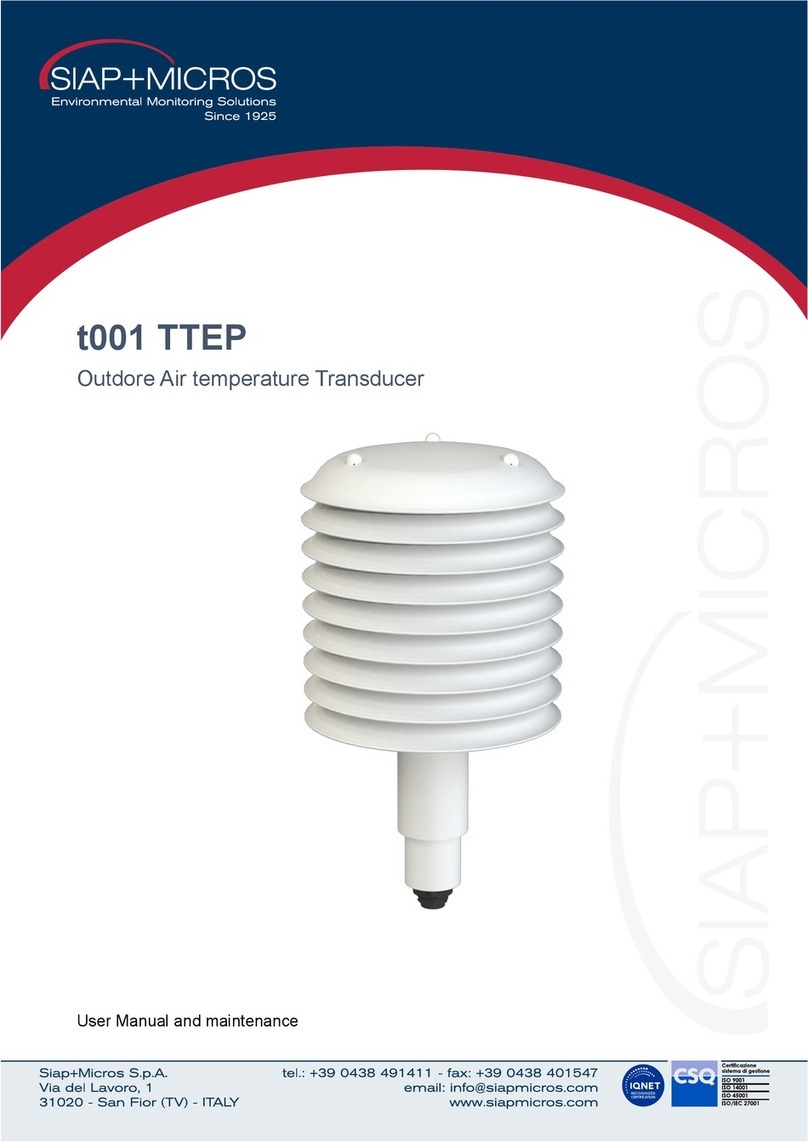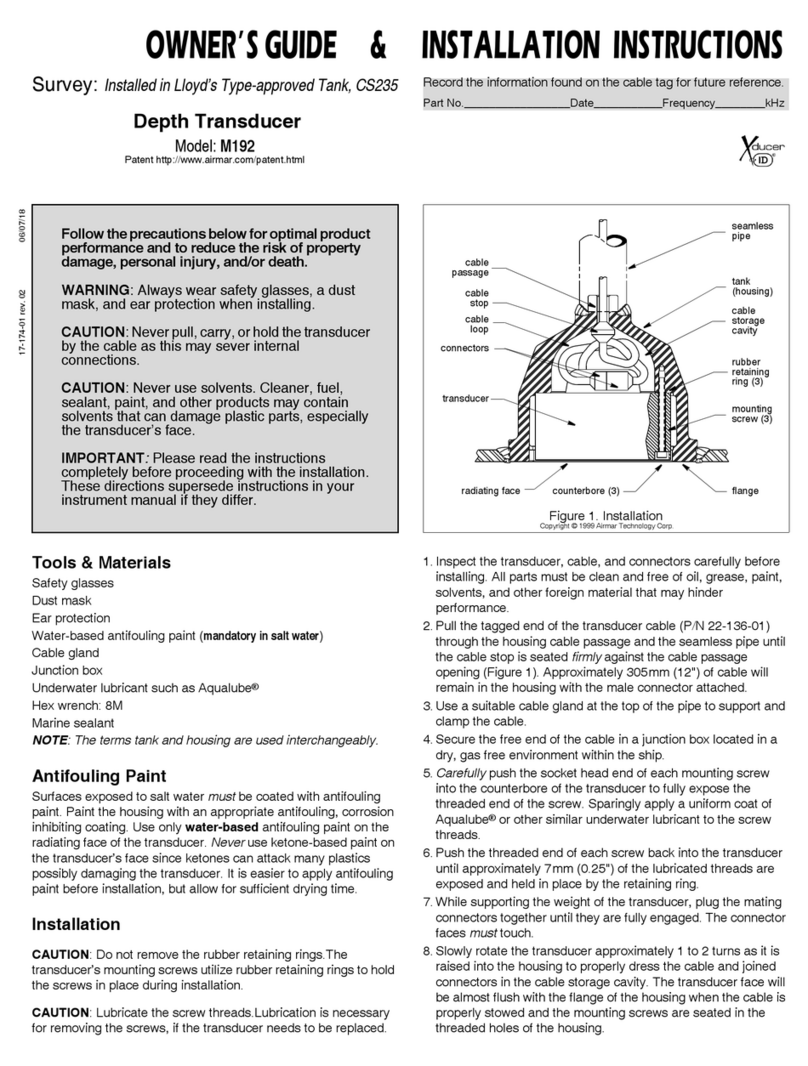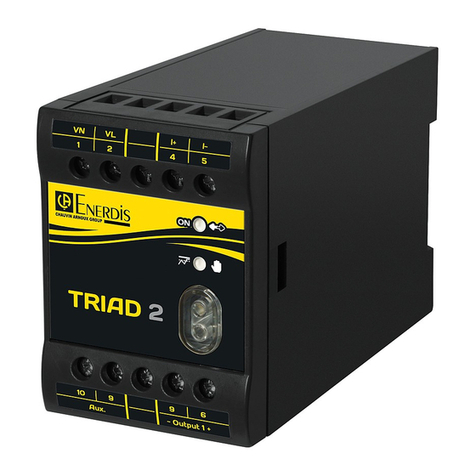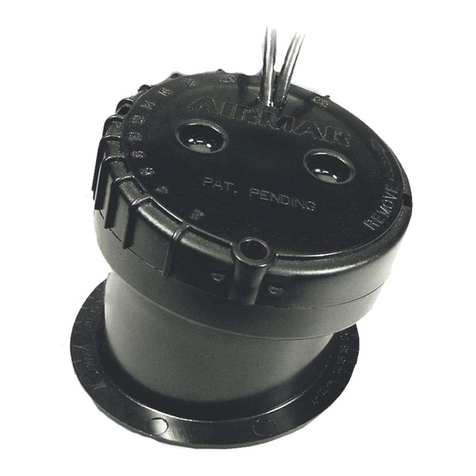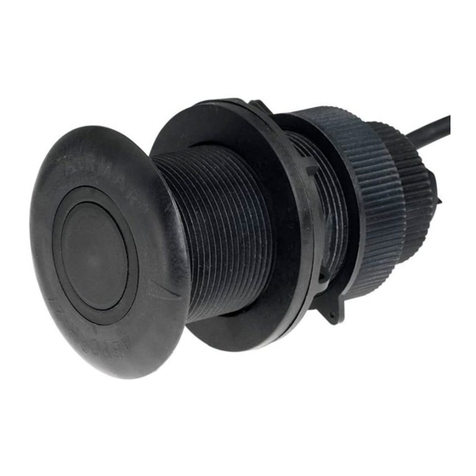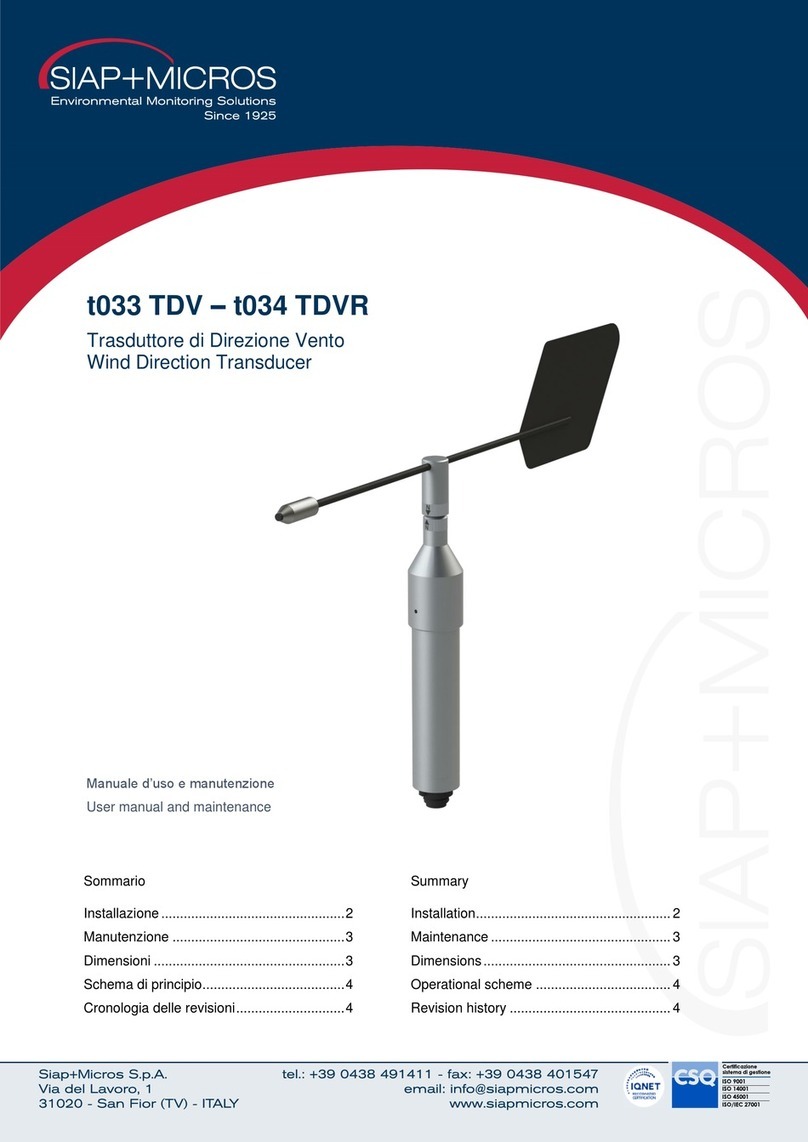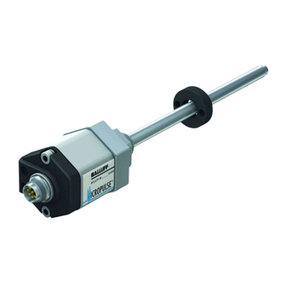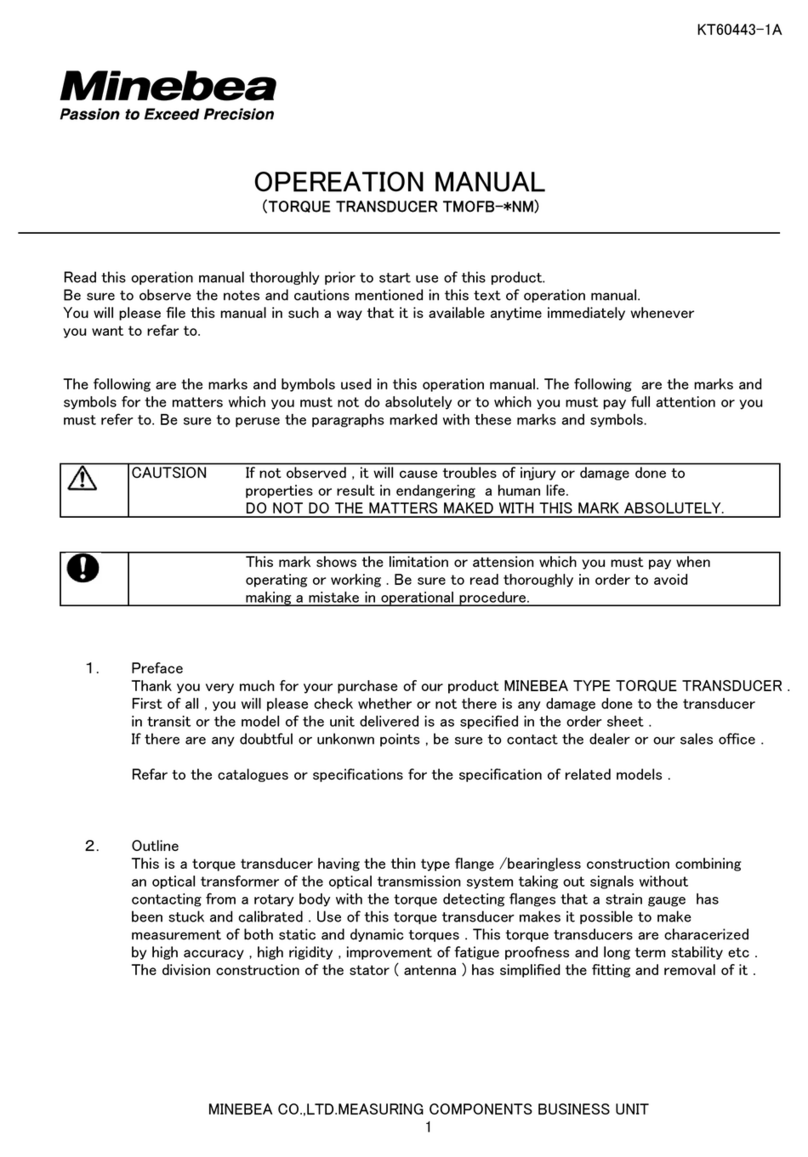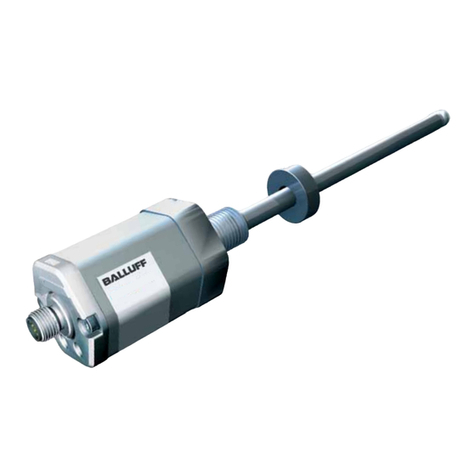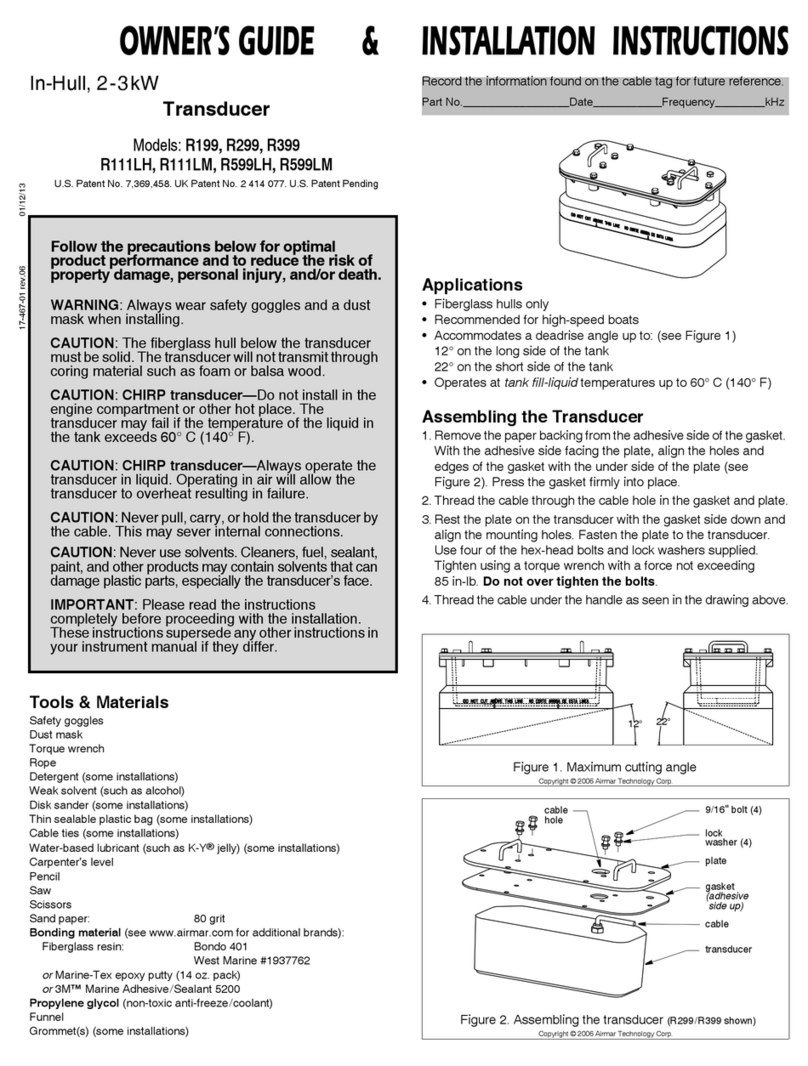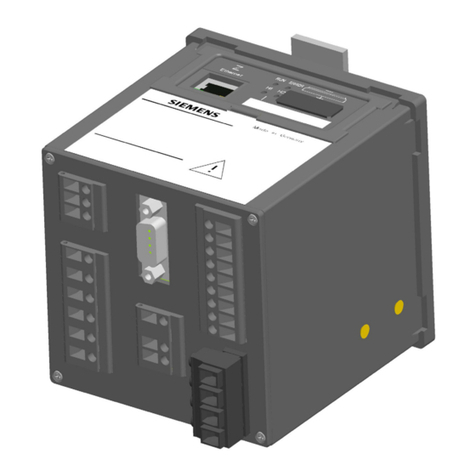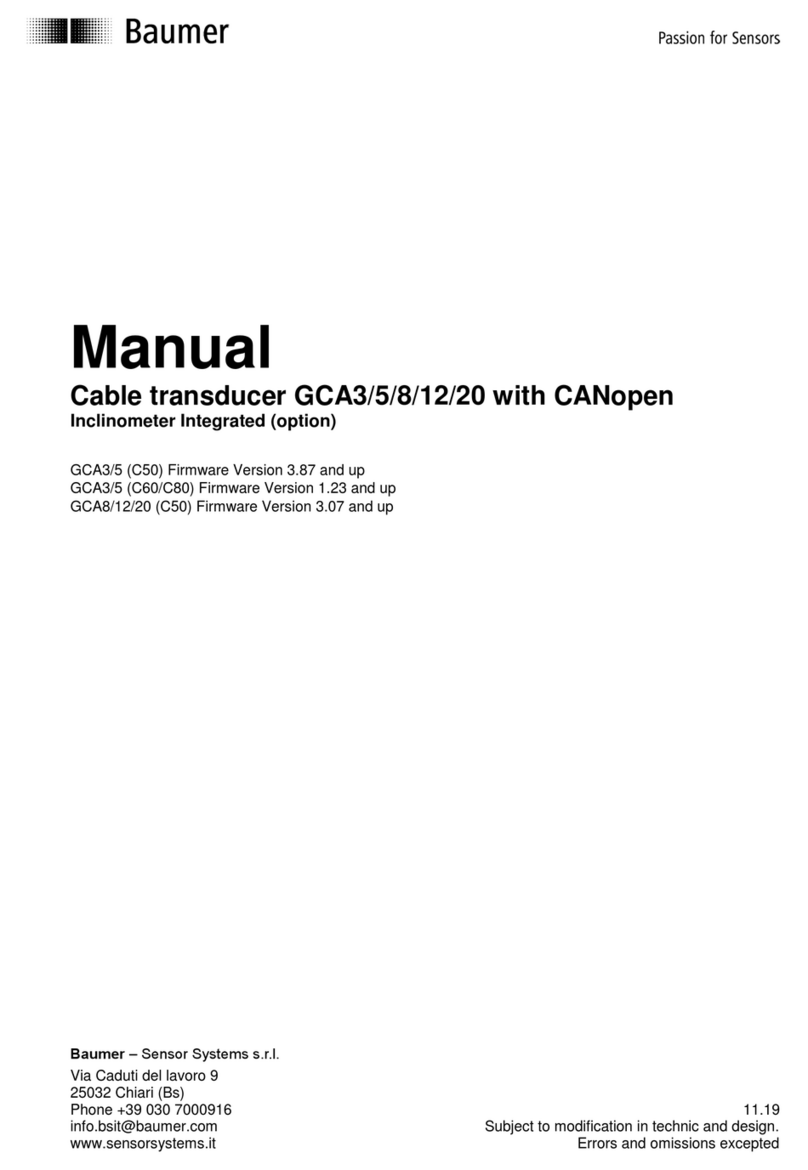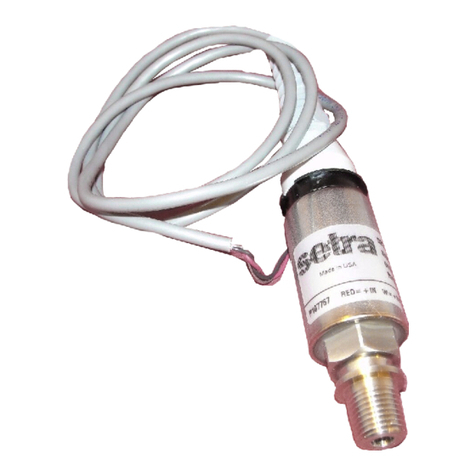User manual and maintenance
t003-di TRH.docx
26/10/2023 9Vers.: 1.0
5Generic information
The qualitative level of our instruments is the result of a continuous evolution of the product. This may cause
differences between what is reported in the manual and the instrument you have purchased.
Siap+Micros S.p.A. reserves the right to modify without notice technical specifications and dimensions to adapt
them to the needs of the product.
5.1 Safety
Please read these safety instructions carefully before using this product:
•The warranty will be void if the product is used differently from the instructions described in this manual.
•Any sign of tampering will void the warranty
•Use the devices only according to the instructions (environmental management, operation, wiring,
installation, etc.) provided in this manual
•The correct and safe operation of the device can only be guaranteed if the transport, storage, operation
and management of the device are compliant. This also applies to product maintenance.
•The device shall not be exposed to aggressive chemicals or solvents that could damage the plastic
casing and/or corrode the metal parts.
•Maintenance should only be performed by qualified and well trained personnel.
It is appropriate to carry out a careful risk assessment in relation to the context of installation and use of the
device by the installer considering the possible meteorological station in its complexity without being limited to
the sensor.
The instruments must be installed according to the rules of the trade, with equipment that complies with
applicable regulations and using supports correctly sized by qualified technicians and designed for the specific
purpose.
During installation operations, check the suitability of the surrounding environment and compliance with local
safety regulations.
The manufacturer declines all responsibility in case of failure due to negligence of the instructions, tampering,
uses not described in this manual, improper use, use by operators not trained.
Read the instructions and intended use carefully and be sure you understand before installing the device
Before starting the activities, check the integrity of the instrument to be installed, prepare the equipment
necessary for the work and wear the necessary PPE.
Take adequate measures to prevent the access of foreign personnel (untrained and uninformed) during the
installation, maintenance or replacement of the instrument.
Take precautions to avoid falling objects, both during the installation phases and during the operation of the
instrument.
Do not perform any activity in bad weather conditions.











